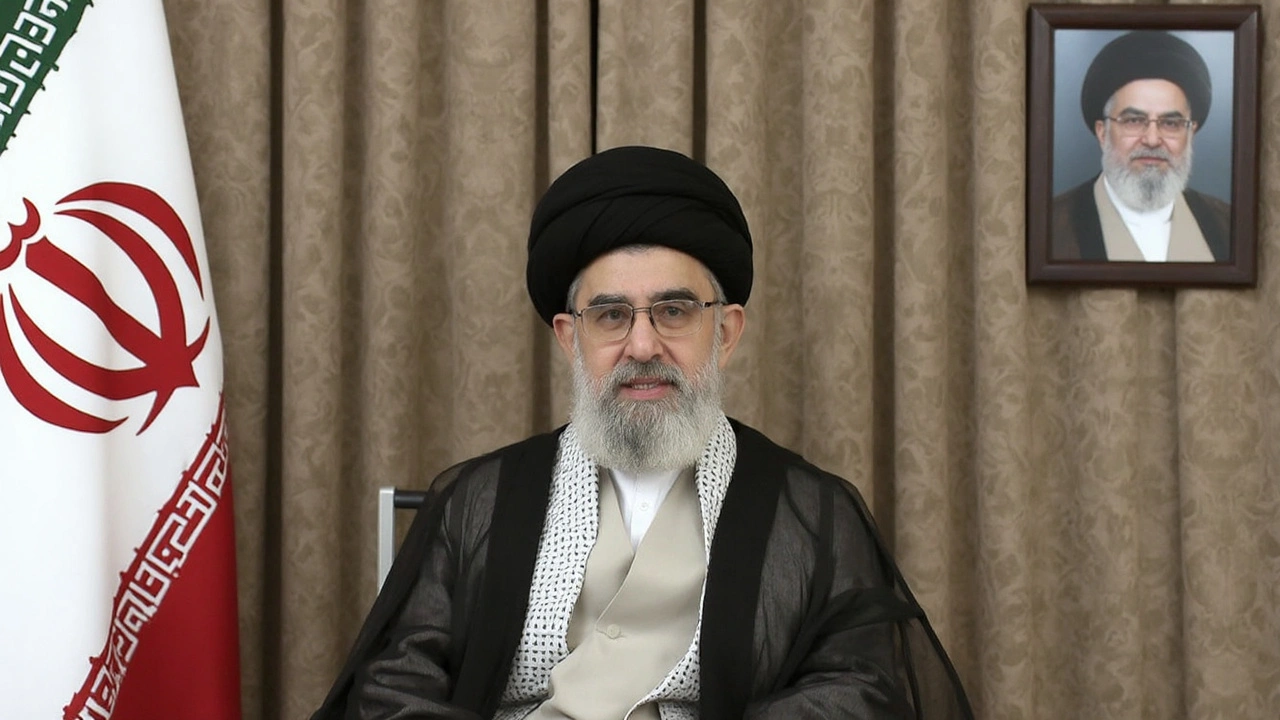Understanding U.S. Strikes: What You Need to Know
When you hear about U.S. strikes in the news, it usually means military actions taken by the United States to address specific threats or objectives abroad. These attacks can range from drone strikes to air raids and play a significant role in international security and foreign policy. But what really happens behind the scenes, and why do these strikes matter so much?
U.S. strikes often target groups or locations linked to terrorism, hostile regimes, or ongoing conflicts. The goal is to disrupt harmful activities while trying to minimize civilian harm — although this balance is tricky and often debated. These operations can affect not only the targeted country but also regional stability and diplomatic relationships worldwide.
Why Are U.S. Strikes So Controversial?
These strikes are controversial for several reasons. For starters, they sometimes happen without the consent of the local government, raising questions about sovereignty and legality. Moreover, civilian casualties, even when accidental, can worsen local attitudes toward the U.S. and fuel further conflict. Public opinion back home and abroad shifts depending on how well these missions are communicated and justified.
Another issue is the long-term impact. While strikes can eliminate immediate threats, they don't always solve the root causes of conflicts. Critics argue that military action alone rarely achieves sustainable peace and often leads to prolonged instability. That's why policymakers must weigh military options alongside diplomatic and humanitarian efforts.
What to Watch for in Future U.S. Strikes
Keeping an eye on U.S. strikes means understanding their context and updates. News about specific strikes often includes info on the actors involved, the locations targeted, and official statements on the mission's success or fallout. It's also useful to track reactions from allied nations, regional powers, and international organizations, which can influence future decisions.
As conflicts evolve, so do military tactics and technologies. Advances in drone usage, precision weaponry, and intelligence gathering are shaping how U.S. strikes are planned and executed. For anyone interested in current events, following these developments offers insight into the complex world of military strategy and international relations.
In short, U.S. strikes are more than just headlines. They reflect a mix of security challenges, political choices, and ethical questions that affect many lives around the globe. Staying informed helps make sense of this complicated topic and its real-world consequences.

Iran Admits U.S. Strikes Severely Damaged Nuclear Sites Amid Leadership Dispute
Iran’s Foreign Minister has publicly contradicted Ayatollah Khamenei by admitting U.S. airstrikes caused grave damage to Iran’s nuclear facilities. While Iranian leadership projects strength, evidence from satellite images, IAEA reports, and expert analysis show the nuclear program was badly setback and repairs may take years. An uneasy silence hovers over the diplomatic front.
Categories
- Sports (146)
- Politics (22)
- Entertainment (20)
- World (15)
- News (10)
- Lifestyle (8)
- Business (6)
- Technology (3)
- Health (3)
- Environment (2)



